How often should you wash your bath mat? Cleaning experts share their advice
Are you cleaning your bath mat frequently enough? You might be surprised by the recommended regularity
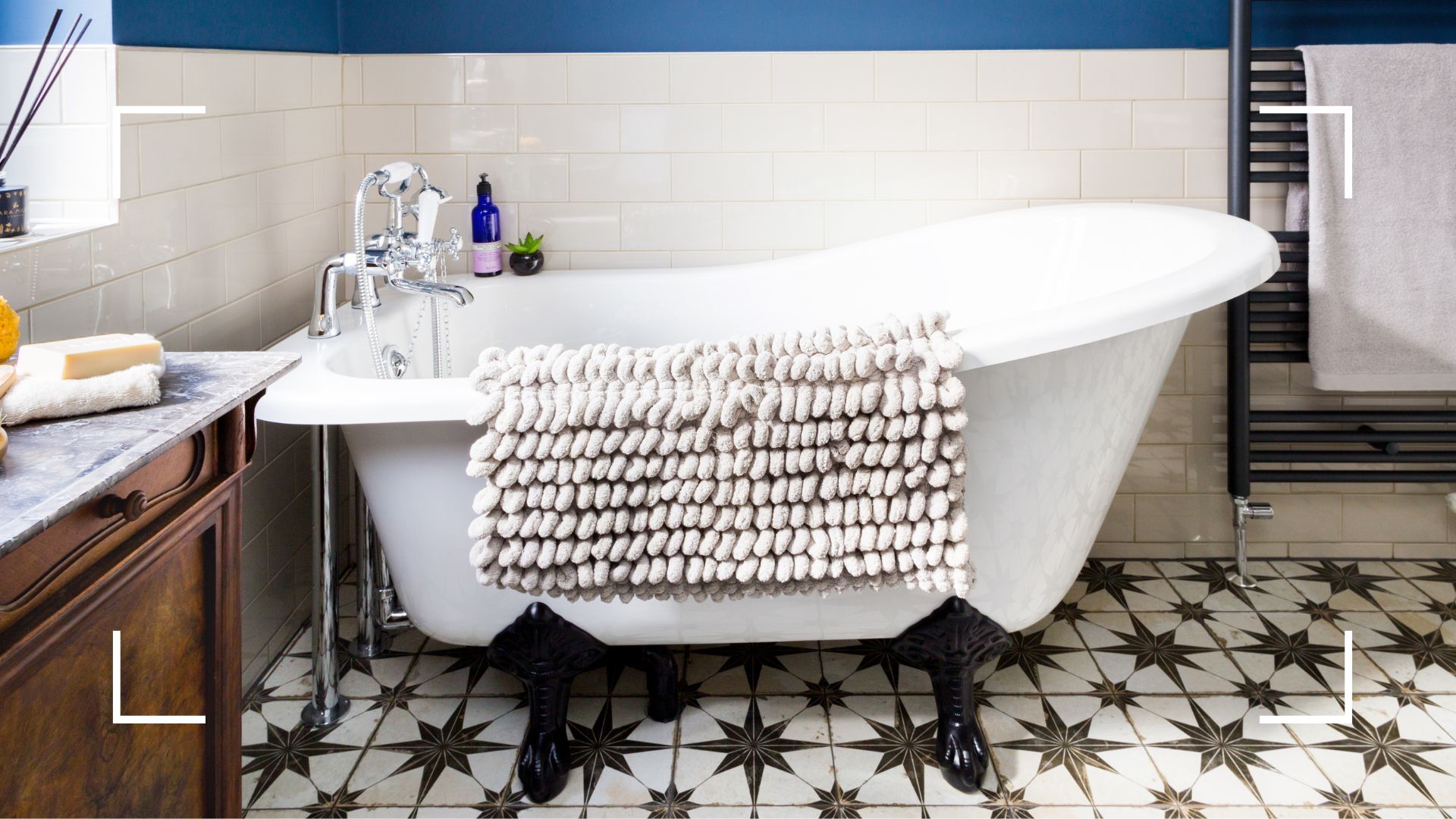

Despite standing on it every day, sometimes it's too easy to forget about washing your bath mat as frequently as other bathroom essentials. But cleaning experts are here to remind us why it's so important to know how often it requires cleaning.
While you may have mastered how to clean your bathroom and how often you should clean it, it's all too easy to miss certain everyday items. You'd never forget to clean your toilet effectively, but your bath mat may have been skipped more times than it should.
We've asked a team of cleaning experts who have offered guidance on how often you should wash your bath mat to ensure your bathroom is as hygienic as possible.
How often should you wash your bath mat?
Knowing how often you should be cleaning your bath mat is equally as important as knowing how often to wash your bed sheets. That's right.
"Keeping your bath mat clean is important not only for aesthetic reasons but also for maintaining good bathroom hygiene and preventing the spread of germs. How frequently you should clean this item will depend on several factors, such as how often the mat is used, how much water it absorbs and how quickly it dries," explains Petya Holevich, domestic cleaning expert and supervisor at Fantastic Services.
"As a general guideline, if you use your bath mat every day, aim to wash it at least once a week to prevent the buildup of bacteria, mould and mildew," she adds.
Nigel Bearman, owner of Daily Poppins cleaning services, agrees with this regularity. He says, "As a general rule, aim to wash it at least once a week. But if your bathroom sees a lot of foot traffic, it’s best to clean it every three to four days, especially if it’s made from absorbent materials like cotton or microfibre."
Sign up for the woman&home newsletter
Sign up to our free daily email for the latest royal and entertainment news, interesting opinion, expert advice on styling and beauty trends, and no-nonsense guides to the health and wellness questions you want answered.
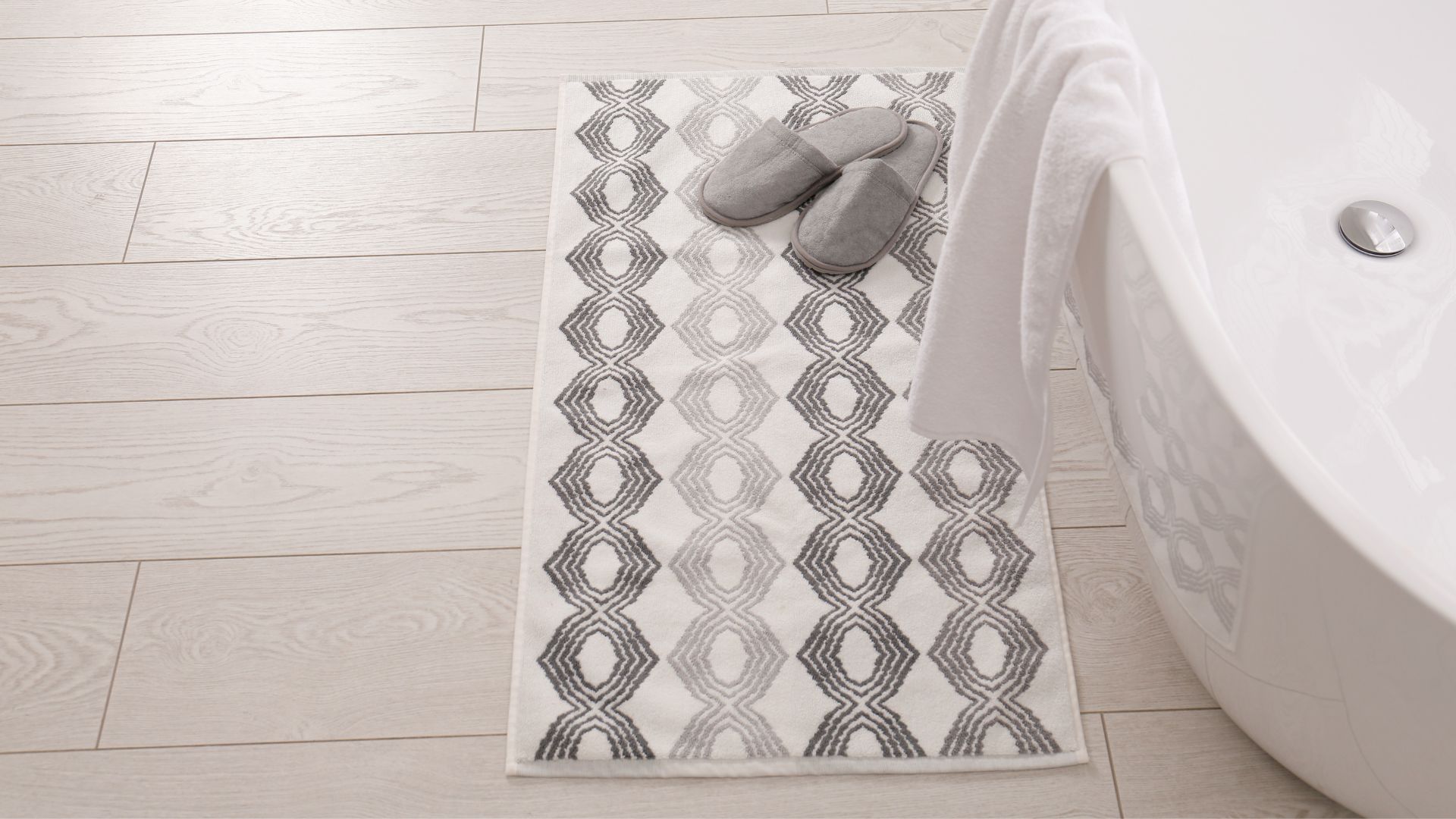
Petya does, however, point out that if the mat gets wet frequently because you're using it often or it's in a damp area, then you'll need to wash it more. Perhaps even more often than you should wash your towels.
"In such cases, it’s recommended to wash the mat every 3 to 4 days. In contrast, if your bath mat is made from a material that’s resistant to mould and mildew, such as synthetic rubber or PVC, you can wash it less frequently, for example, once every two weeks," she says.
If you're struggling to tell exactly when you need to wash the mat, Petya advises you to look out for mould or mildew growing as well as unwanted smells.

Petya is an experienced house cleaning and laundry expert with over 5 years of dedicated time at Fantastic Services. Her journey with the company not only contributed to the maintenance and organisation of immaculately clean domestic spaces but has also put her at the forefront of training new teams, honing her leadership and communication skills.
What is the best way to clean a bath mat?
You might know every expert cleaning hack in the book, but washing your bath mat needs a little more thought than you might've thought.
"Cleaning your bath mat depends on the material it’s made from. For fabric mats like cotton or microfibre, start by shaking off any loose debris or dust," says Nigel. "Always opt for a mild detergent to prevent the fibres from weakening over time, as harsh chemicals in regular detergents can cause damage."
He recommends washing your mat at a warmer temperature, around 60°C, as this will be more effective at killing bacteria, therefore keeping it fresher for longer. Just make sure you're reading the care label before washing it to ensure it's safe for higher temperatures.
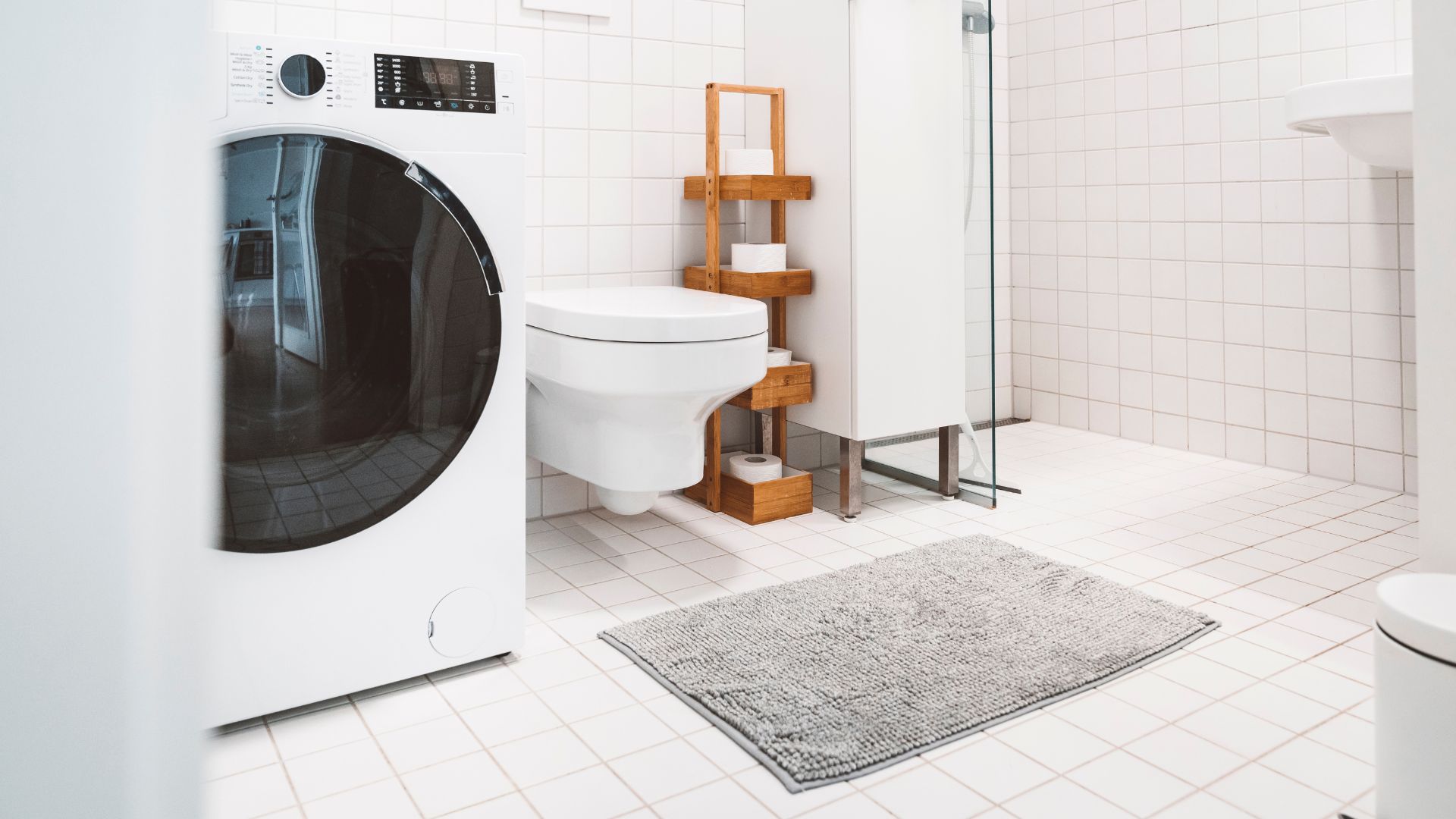
"If you’re dealing with stubborn stains that won’t come out with regular washing, try using a paste made from bicarbonate of soda and water. Gently scrub it into the stain, let it sit for a few minutes, and then rinse thoroughly," he explains.
Luckily, this method is super tough on stains but will be gentle on delicate fibres and won’t damage the rubber backing of your mat.
Shop bath mat cleaning supplies
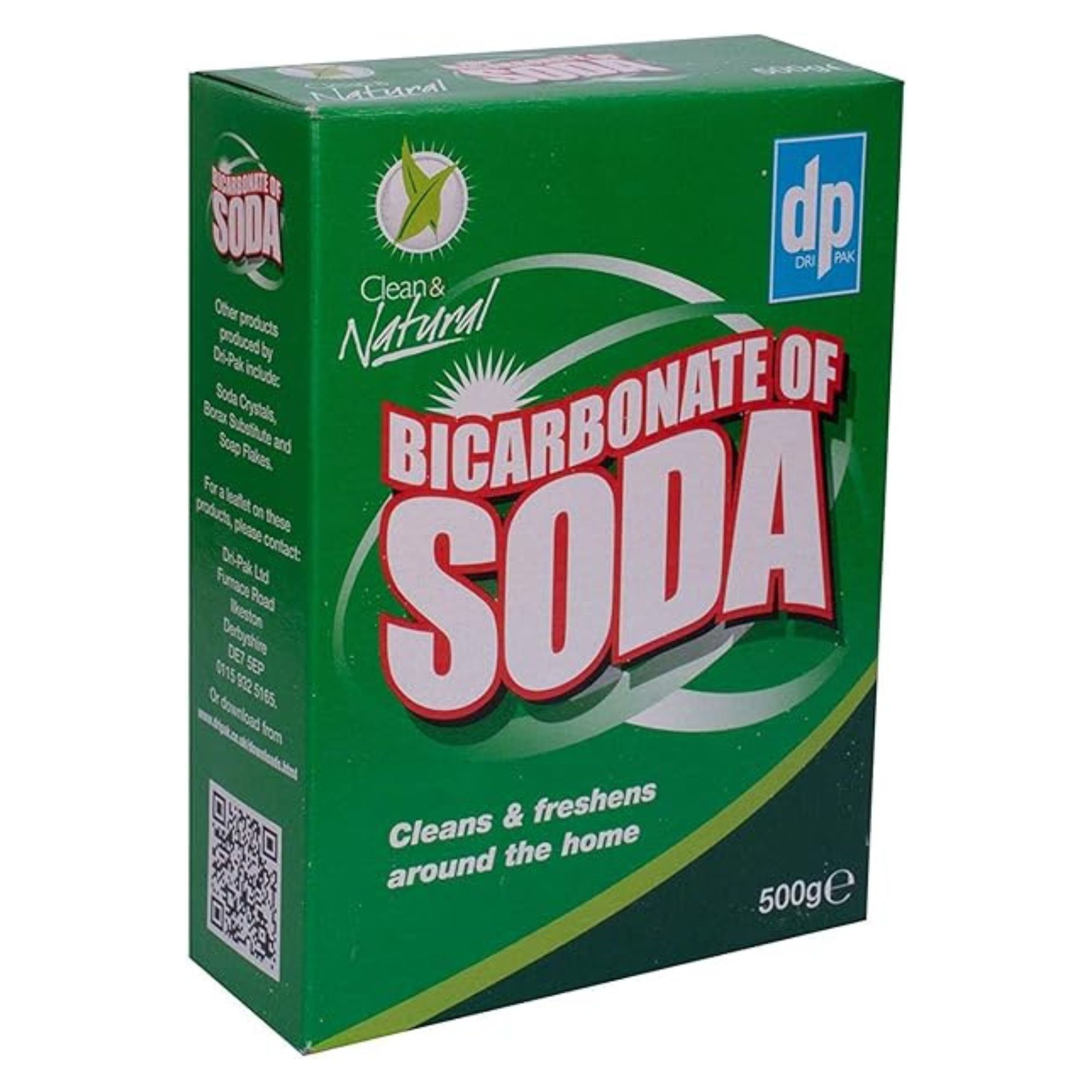
RRP: £2 | There are so many jobs you can use bicarbonate of soda for around your home, removing stains from your bathmat is only one of them. It's a great deodoriser and grout cleaner too.
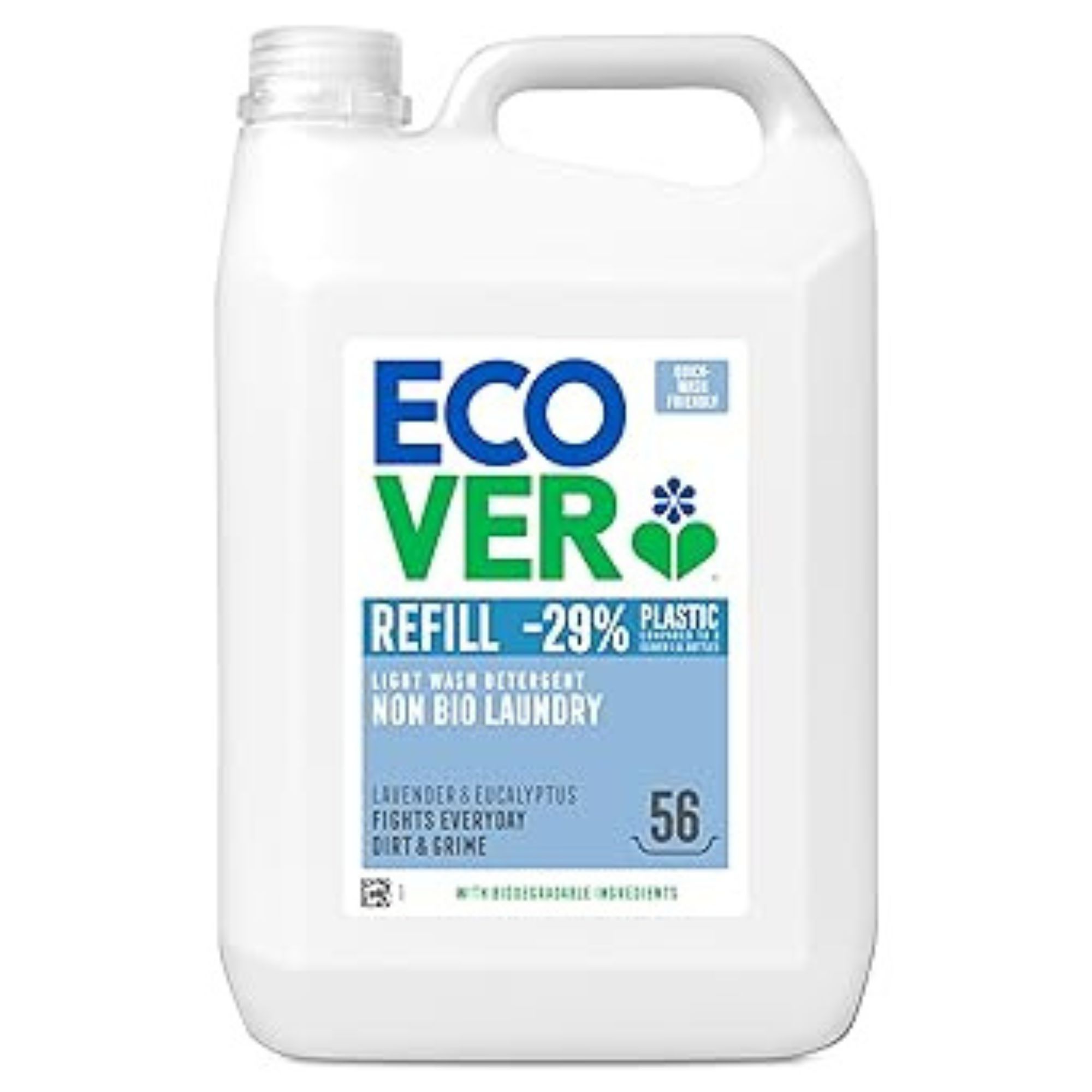
RRP: was £17.44 now £13.49 | This 5L tub of non-bio laundry detergent will effectively cut through mildew and mould, leaving your bathmat odourless and clean. It's also gentle on sensitive skin and naturally derived.
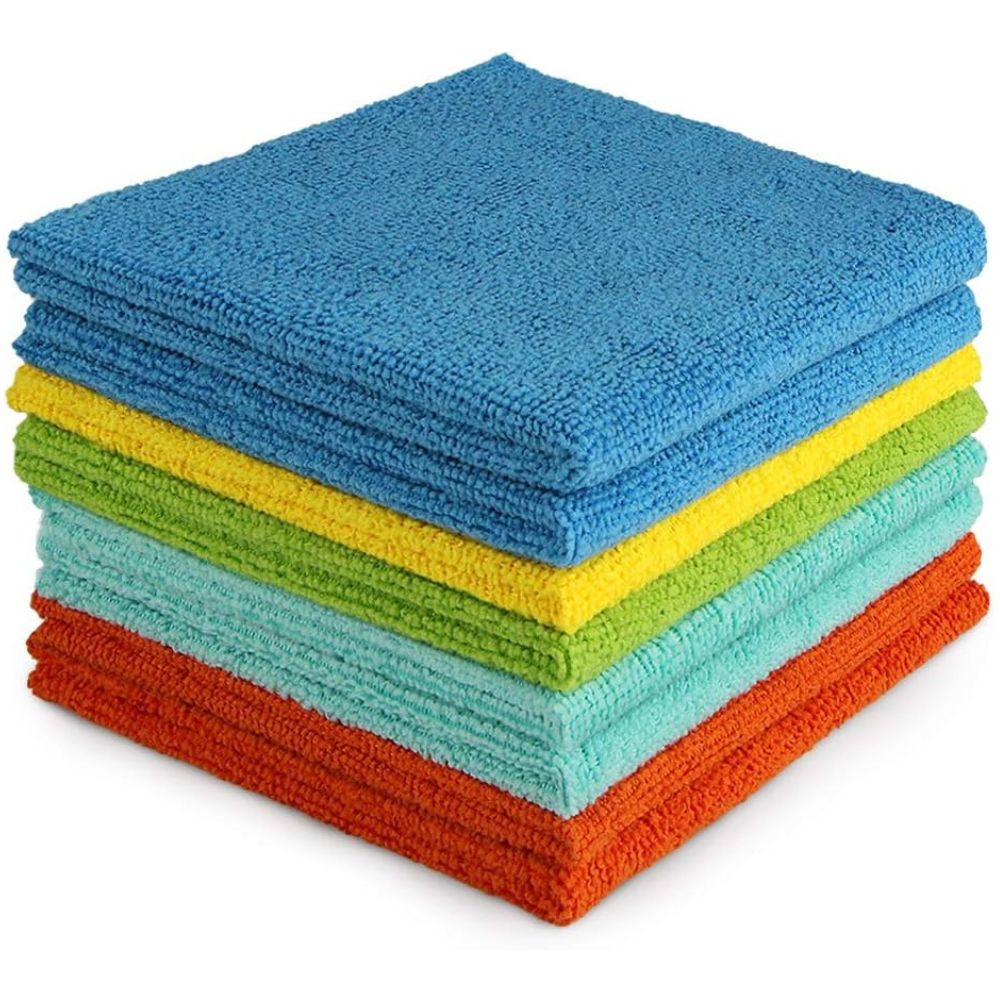
RRP: £4.59 for a pack of 8 | This is a product every cleaner should have in their home, especially when it comes to big cleaning jobs. This eight-pack will make any task that much easier and more efficient.
FAQs
How often should you change your bath mat?
In the same way, you'll notice signs your towels need replacing, and bath mats will show similar signs of wear too. Which is why they need to be replaced every one to two years.
"Over time, the fibres will wear down, making them thin and less absorbent. Flattened pile, torn seams, and fraying edges are signs of wear and tear," explains Sarah Dempsey, cleaning expert at MyJobQuote.
Another potential sign is when the rubber backing peels or cracks off the back of the mat, which can not only stop the mat from being as effective but also become a slipping hazard.
"If the bath mat retains unpleasant odours even after washing, it is time to replace it. This could indicate mould and bacterial growth that has penetrated deep into the fibres. If you notice any mould or mildew on the bath mat, replacing it is the safest option," says Sarah.
Other more aesthetic signs include fading, discolouration, loss of softness and rips.

With over twenty-five years in the cleaning industry, Sarah is truly an expert in what she does. Specialising in domestic cleaning and laundry, Sarah also works closely with MyJobQuote to provide expertise in cleaning to homeowners, tradespeople and media outlets.
Should you want to really make sure your bath mat is at optimal cleanliness, Sarah recommends regularly vacuuming the mat between washes. This will loosen any stubborn dirt or hair that's become trapped within the fibres.

Emily joined woman&home as a staff writer after finishing her MA in Magazine Journalism from City University in 2023. After writing various health and news content, she now specialises in lifestyle, covering unique cleaning hacks, gardening how-tos, and everything to help your houseplants thrive.
-
 Sarah Jessica Parker just rejected milky pastels in favour of this rebellious shade - and it's incredibly chic
Sarah Jessica Parker just rejected milky pastels in favour of this rebellious shade - and it's incredibly chicLiquorice nails for spring? Groundbreaking
By Naomi Jamieson
-
 Twiggy can't get enough of this embellished red blazer - and you'll never guess where it's from
Twiggy can't get enough of this embellished red blazer - and you'll never guess where it's fromA tailored jacket in a bold colour is a wise investment that will work for years to come
By Matilda Stanley
-
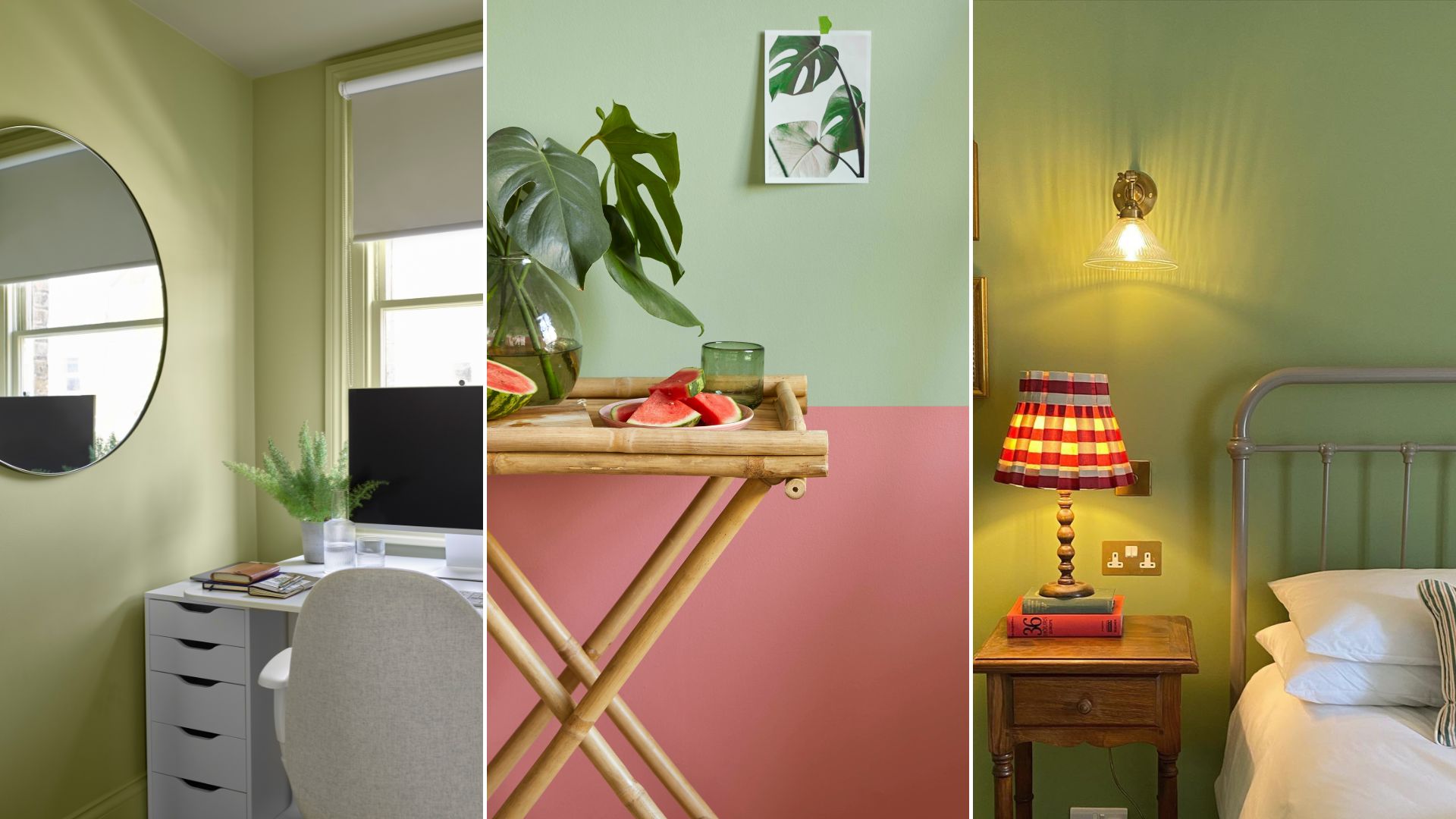 Pistachio green colour trend: 11 ways to use this trending hue in your home
Pistachio green colour trend: 11 ways to use this trending hue in your homeThis delicious soft shade is everywhere right now
By Jayne Cherrington-Cook
-
 When to plant sunflower seeds to ensure big and beautiful summer blooms
When to plant sunflower seeds to ensure big and beautiful summer bloomsTiming is everything when it comes to planting
By Tamara Kelly
-
 Vegetables to plant in April: 8 crops to start now for a delicious harvest later in the year
Vegetables to plant in April: 8 crops to start now for a delicious harvest later in the yearDiscover which vegetables to plant in April, and top tips for growing success
By Holly Crossley
-
 How to plant freesia bulbs: easy steps for colourful summer blooms
How to plant freesia bulbs: easy steps for colourful summer bloomsIf you're looking to add some vivid colour and life to your garden, freesias are the perfect choice
By Emily Smith
-
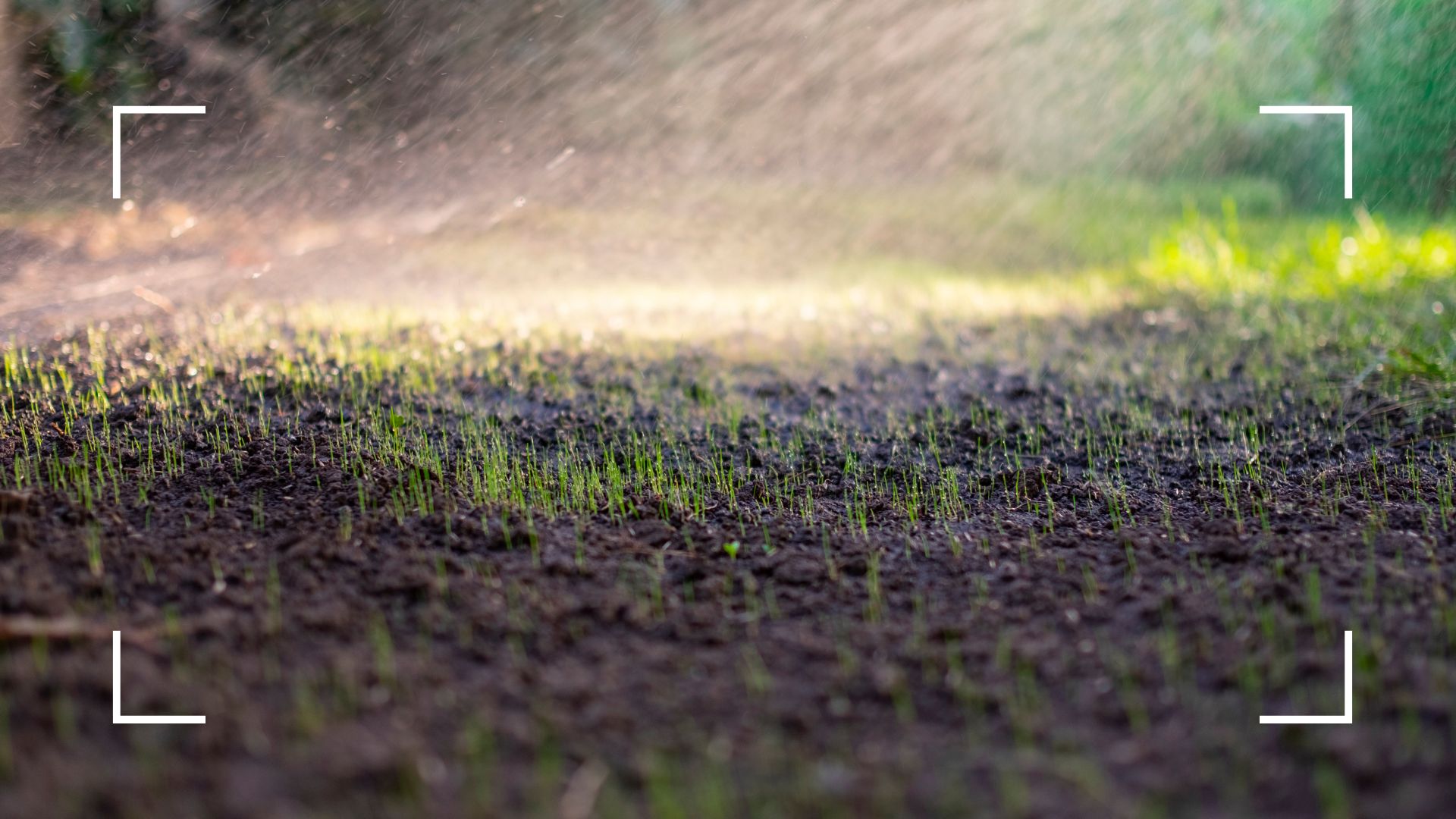 Gardening experts reveal how often you should water grass seed for a luscious lawn this summer
Gardening experts reveal how often you should water grass seed for a luscious lawn this summerWant your lawn to be looking its best by the time summer rolls around? You'll need to make sure you're watering it the perfect amount
By Emily Smith
-
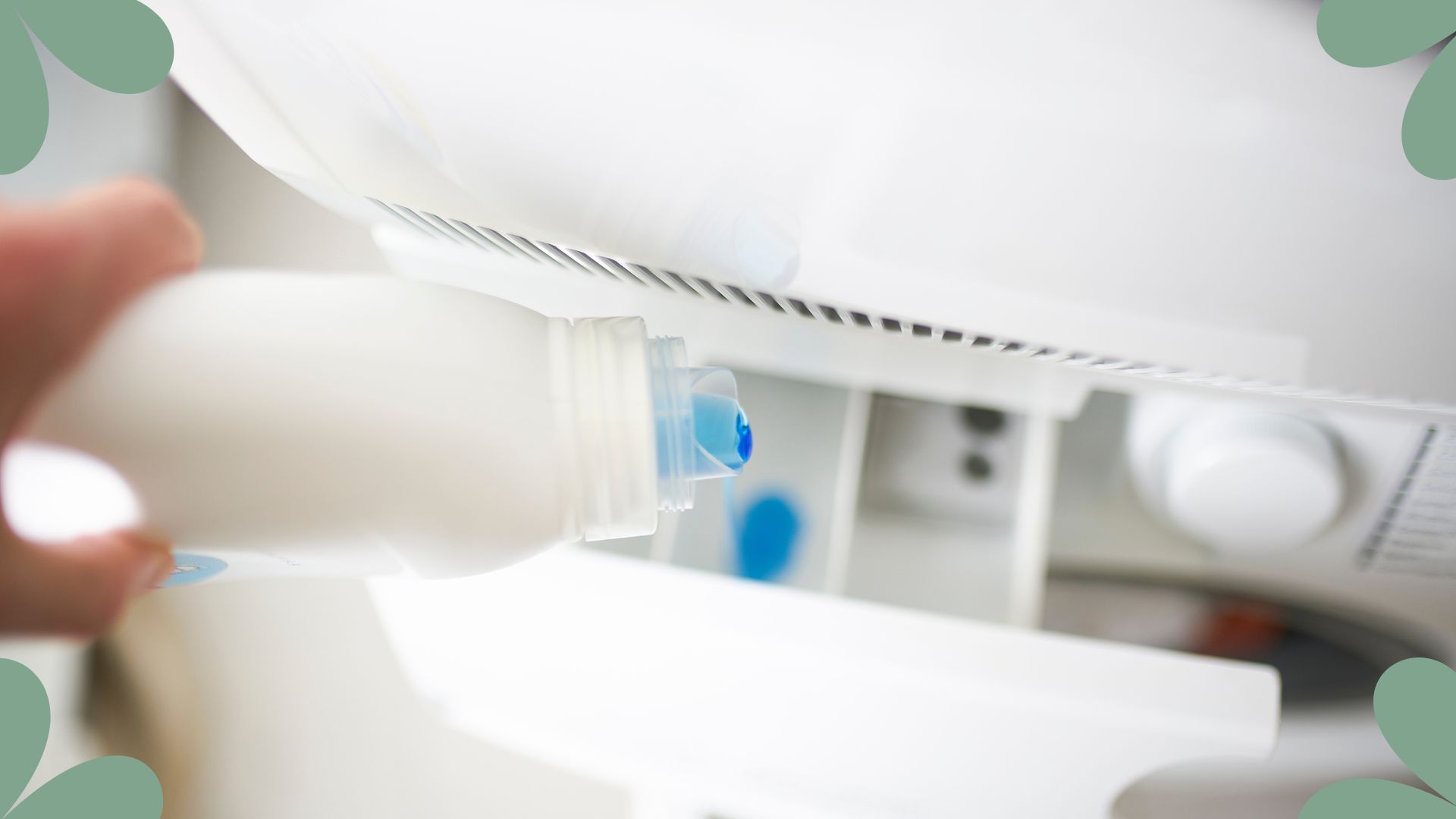 Lynsey Crombie reveals the surprising laundry mistake leaving your clothes smelling 'stale and nasty'
Lynsey Crombie reveals the surprising laundry mistake leaving your clothes smelling 'stale and nasty'Do your clothes smell unpleasant even after you've washed them? It could be your fabric conditioner
By Emily Smith
-
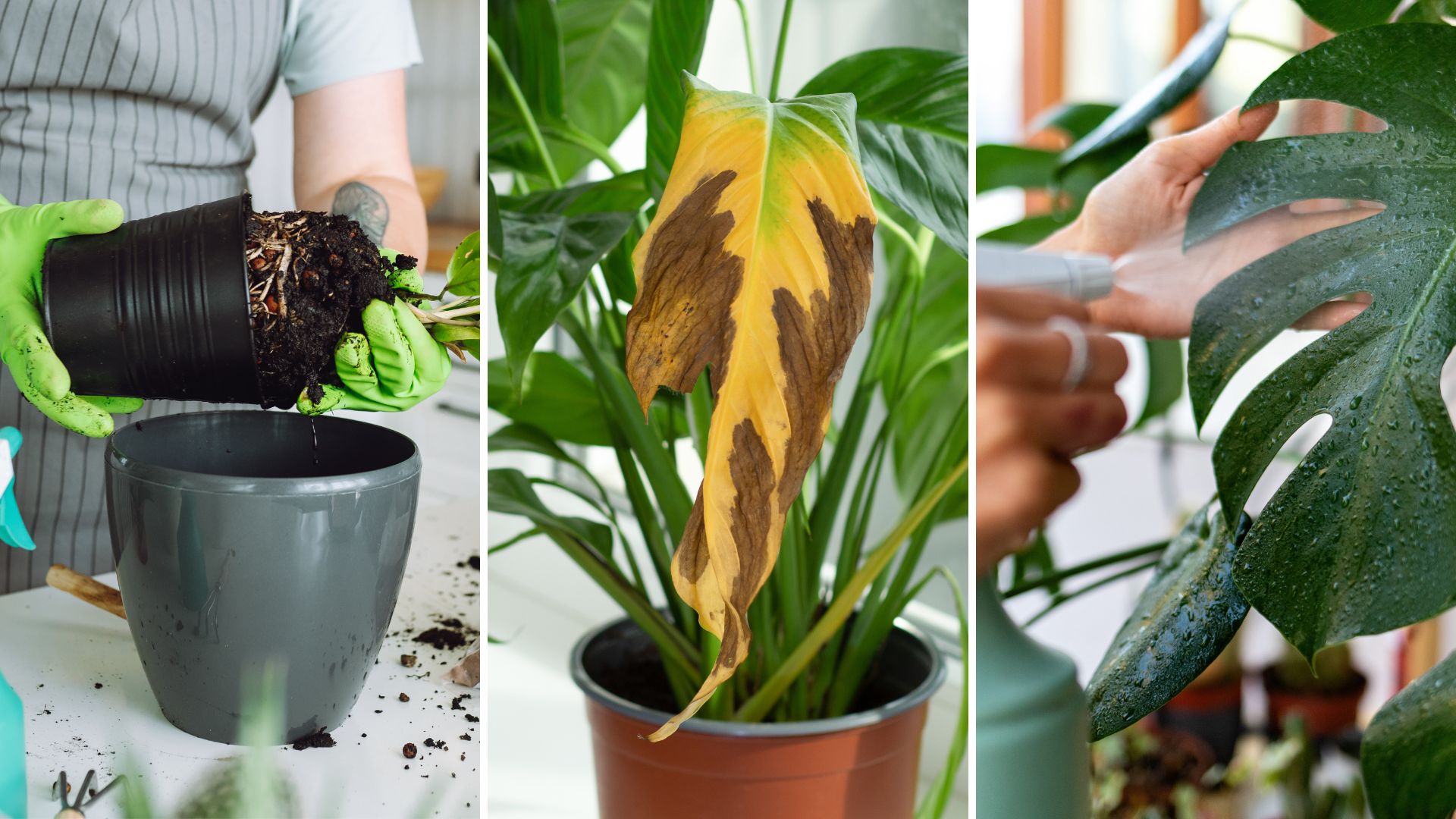 6 common houseplant myths to ignore, warn horticulture experts
6 common houseplant myths to ignore, warn horticulture expertsThese common misconceptions about caring for indoor plants might surprise you – they feel perfectly logical
By Emily Smith
-
 Should you deadhead daffodils? Gardening experts share their advice for longer-lasting blooms
Should you deadhead daffodils? Gardening experts share their advice for longer-lasting bloomsThese butter-yellow flowers are one of the first signs of spring, but should you deadhead or leave them be?
By Emily Smith